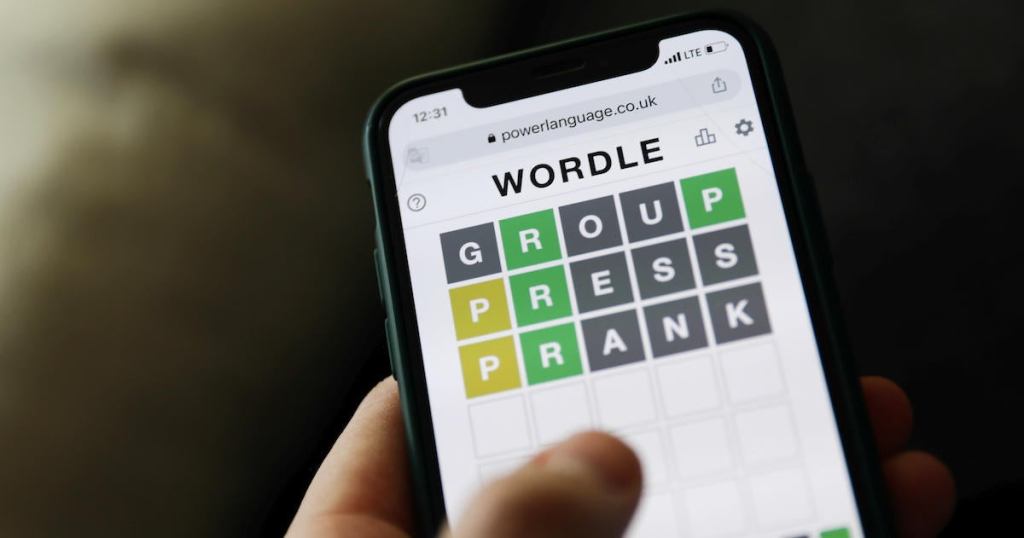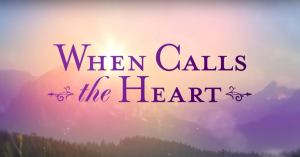The New York Times is getting in on the Wordle craze, literally. On Monday, it was reported that the NYT bought Wordle. Since the game’s release in October, it has garnered millions of users who want to try their hand at guessing the daily five-letter word puzzle.
“The Times remains focused on becoming the essential subscription for every English-speaking person seeking to understand and engage with the world,” the company stated about its recent purchase. “New York Times Games are a key part of that strategy.” The NYT itself noted that this purchase is a part of a growth strategy focused on games.
Videos by PopCulture.com
The publication has long touted the importance of games such as its esteemed crossword puzzle and Spelling Bee, the latter of which was released in 2014 and can be found in both digital and print editions. The outlet also noted that they want to implant its mark on the gaming sphere as a way to help boost digital subscriptions, reporting that they want them to rise to 10 million subscriptions by 2025. As of right now, NYT said that the game would initially remain free to new and existing players.
Wordle was created by Josh Wardle, a software engineer who resides in Brooklyn. In an interview with the NYT, published in early January, Wardle, who indeed named the game after his own last name, spoke about the game’s background. He explained that he created Wordle for his partner, Palak Shah, who has a fondness for word puzzles. The game, which can be accessed on powerlanguage.co.uk, has experienced a remarkable rise in popularity over the past month. While the game was released in October, it only rose in popularity in January, boasting 300,000 users by the middle of the month. Now, according to NYT, millions try their hand at the word game on a daily basis. Wordle’s rise in popularity was helped in large part by social media.
Users are able to share their scores via five rows of different colored blocks. In case you haven’t seen those blocks on Twitter just yet, the green blocks indicate that a letter is in the correct place, yellow blocks indicate that the letter appears in a word but in a different placement, and gray blocks mean that the letter is nowhere to be found in the word. Each day, you have six chances to guess the day’s five-letter word.









